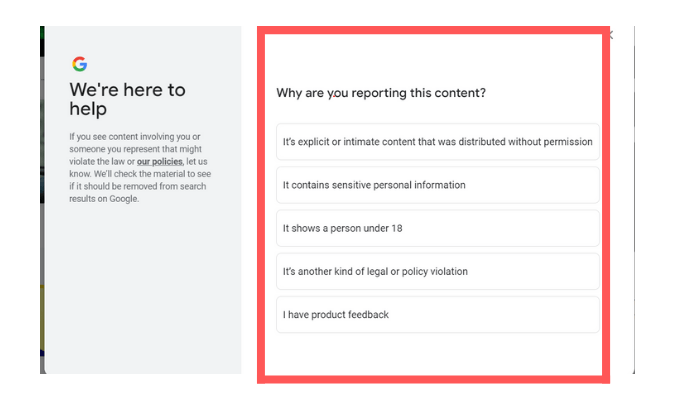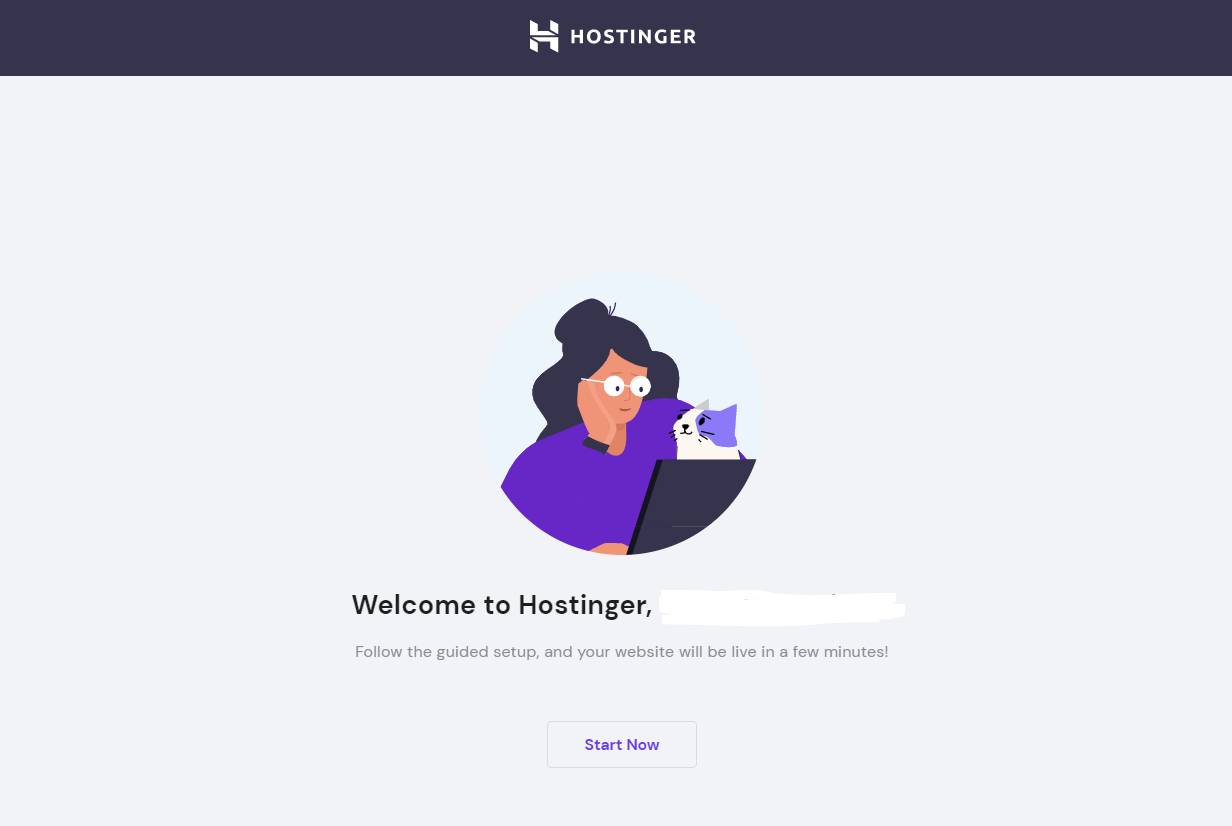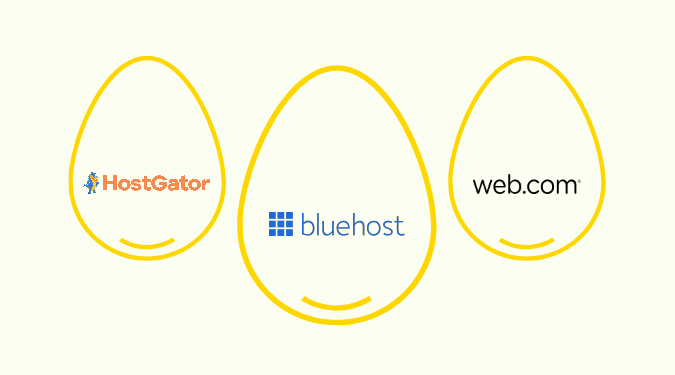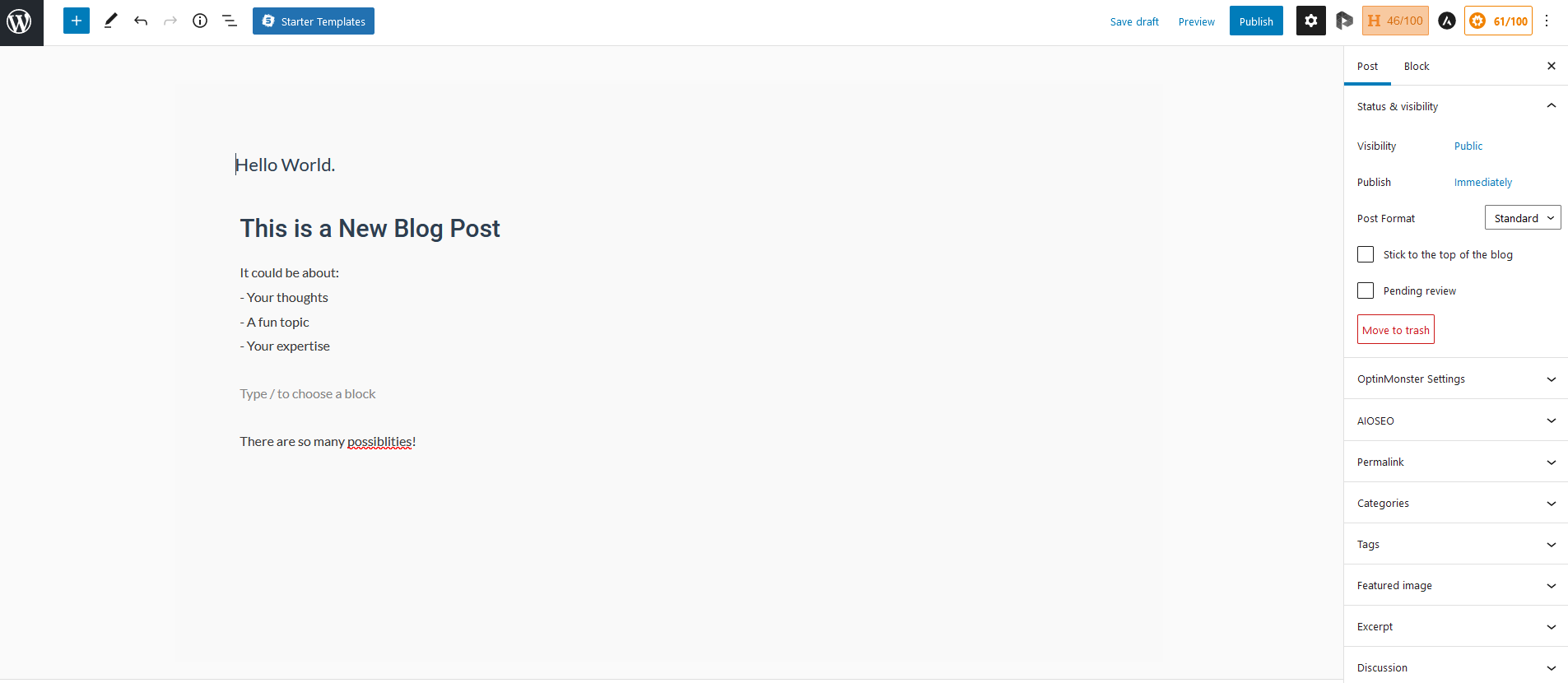Zeroing on a reliable ecommerce website builder is surprisingly tricky.
BigCommerce can be too complicated; Squarespace has limited checkout functionality; Weebly is more suitable for beginners. Luckily, Shopify is continually improving and innovating to make ecommerce simpler and more user-friendly—and that’s only scratching the surface.
But the main question arises how do you make Shopify work for you? Read on as we discuss some of the best tips and long-term Shopify strategies to set you up for ecommerce success. Or sign up for a free trial of Shopify and see how it works for yourself.
How Shopify Works Compared to Other Ecommerce Website Builders
After reviewing all of the best options for creating an online store, we recommend Shopify for most users. It’s a very powerful platform that you can learn as you go. Here’s how it stacked up with other great ecommerce website builders:
- Shopify – Best ecommerce website builder for most
- Web.com – Most powerful fulfillment & inventory features
- Wix – Best for quick implementation
- BigCommerce – Best for rapid scaling
- Squarespace – Best for showcasing and selling creative work
- Weebly – Best for small stores that want to stay small
- Shift4Shop – Best for limitless customization
You can see our full-length reviews for the best ecommerce website builders to get a better sense of where Shopify stands in the market today.
Why Understanding Shopify Is So Important

Shopify is a subscription-based software that lets users create an online store to sell their products. Contrary to popular belief, it’s not a singular product but a comprehensive commerce platform that helps anyone launch their dream business online and start selling across the globe.
You read that right. Anyone can use Shopify to become an ecommerce seller. Whether you want to set up a simple store or deliver a unique shopping experience, Shopify can do it all. It’s designed to be versatile and grow with you.
Shopify works by serving up everything you need for a store in a single platform. You aren’t running to a web host to get online, downloading a plugin to create a store, and installing another third-party app to get paid.
With a lot of other platforms, you’re going to be in charge of keeping everything up-to-date, connecting separate payment gateways, installing SSL certificates, and other backend tasks. Shopify is a true all-in-one ecommerce solution that takes care of all of that for you. Start selling as soon as you sign up.
Quick Tips to Improve Your Shopify Store Today
Shopify is a dedicated ecommerce builder that can help you build your online store even with zero technical skills. It comes packed with all the necessary tools to help you create, publish, and run your ecommerce business.
Note: We’re going to assume you already have a Shopify account, but if you don’t, you can always sign up for Shopify. You can also read our post on How to Start an Online Store guide for a step-by-step breakdown.
Let’s discuss a few tips to improve your Shopify store, taking it from ‘meh’ to ‘wow!’
Optimize for All Devices
It’s not surprising, but more and more people are using their mobile phones for shopping online. What’s surprising is that despite the statistics, several ecommerce sellers are still delaying mobile optimization.
We can almost guarantee you’re losing sales if your Shopify store isn’t optimized for mobile phones. You have to optimize for mobile-first and ensure your site looks and works well on all devices.
A good tip would be to include mobile-friendly elements like short blocks of text, large fonts, and button-style CTAs.
Use 3D and AR (Augmented Reality) Product Pages

It’s no secret how important your product pages are. Customers make purchase decisions by determining product quality and the size/color they want all from the main product page, and these pages dictate how well your traffic converts into sales.
While using high-quality images and adding detailed descriptions is industry standard, leading Shopify sellers take it a step further by adding product pages with built-in support for 3D models and video. This helps give buyers a true sense of the product and the confidence to hit that coveted add to cart button.
Improve Your Fulfillment Process
Shipping orders has become one of the more difficult aspects of selling online. Amazon Prime has conditioned shoppers to always expect fast, free, and accurate shipping, and because of such high expectations, customers aren’t always forgiving when a mistake is made.
Moreover, many things can happen for the fulfillment process is to go wrong. Costly shipping rates, long delivery times, an incorrect shipping address—even shipping the wrong product can plague your delivery experience. Getting it right will not only lead to higher conversion rates, positive customer reviews, and repeat purchases.
So how do you improve your fulfillment process? Automate your shipping process.
- Invest in a backend system like an ERP.
- Use the shipping software to print shipping labels, compare shipping rates, and track packages.
- Outsource to a third-party logistics company (3PL).
- Connect Shopify with your ERP/3PL/shipping software to automate your shipping processes.
Perform Split Tests

Split testing can be incredibly helpful to refine your offering. Top-performing ecommerce sites are constantly testing to find the price, products, and CTAs that best serve their market.
You can split-test two different prices for the same product to select one that generates maximum sales. Not only pricing, but you can also test your CTAs and other elements on your page. Here, you can test CTA variations like “Add to cart,” “Buy now,” or “I want it.”
Use the results from your testing, and change your pricing, CTAs, and other elements accordingly for better results.
Create a Rewards and Loyalty Program
Having a rewards and loyalty program is an excellent tactic to increase customer retention, which is key to the long-term health of any online business.
Existing customers can refer your store to other people, which helps you cost-effectively boost sales. You can use referrals, pop-ups, personalized perks, exclusive marketing campaigns and discounts, and loyalty points to engage and interact with your existing customer base.
Shopify has some great apps to make the process of running a loyalty program seamless, such as Referral Candy, Smile Rewards, Bold Loyalty, and Swell.

Long-Term Strategies for Increasing Sales on Shopify
They say patience is a virtue. This couldn’t be more accurate when it comes to ecommerce.
Building a store in Shopify requires commitment. You have to work continuously to get more traffic, improve sales, and stay ahead despite the increased competition. Below are four long-term strategies that can help you get more traffic to your Shopify stores and increase sales over time.
Use Content Marketing to Your Advantage
Producing high-quality, useful content is a guaranteed way to reach and interact with more customers.
You can add well-written SEO-friendly blog posts, podcasts, interactive social media campaigns, and more—anything that will pique the interest of your target audience. Make sure the content you post is relevant to your industry and clearly demonstrates how your products solve your customer’s pain points.

At the same time, content marketing for ecommerce stores isn’t only about the products you sell. You should also provide value-add content that enhances the customer experience, helping them at the different stages in their journey. For example, if you sell trekking shoes, you can publish an article on the best hiking trails in specific areas or a post discussing different levels of support in hiking boots and shoes.
Try to publish consistently to build engagement and increase the entry points to your online store. Generally, posting fresh content 2-3 times a week can significantly increase your search engine ranking. Not only will this help potential customers discover your site when browsing, but even online sellers searching for products are more likely to chance upon your Shopify store.
Make SEO Your Best Friend
Improving your Shopify store’s SEO will make it more likely to appear on the first page of organic results in Google and other search engines.
The direct benefit? A lot of traffic!
The good news is that Shopify already does a lot of heavy lifting when it comes to SEO. But you can go beyond this if you want to become number one in your niche.

First, use a keyword search tool like Google Keyword Planner or SEO Chat to find out the keywords your competitors rank for. This will help you identify the words and phrases potential customers use when searching for things in your general niche.
Next, incorporate these keywords into your website’s content, including your page titles, product descriptions, images, and anywhere else it makes sense. Don’t just stuff the keywords everywhere, though. You want to make it look as organic as possible.
You can also visit product forums, analyze social media hashtags of your products, and take a long look at your competitors’ sites to understand the most likely used words and phrases entered into search engines to determine your product range and what attracts people to their sites.
Customer intelligence can help a lot with keyword research as well. Think about the aspect your customers care about the most and brainstorm to develop keyword search ideas.
Additionally, you should make your Shopify site structure more navigable. This allows customers to quickly and easily find items they’re looking for, causing them to stay longer on your store and visit more pages. It also helps with SEO.
Make Social Media Your Other Best Friend
Your target audience is on social media, which means you should be, too. Many ecommerce companies have multiple social media accounts, and while some budgets support this, not everyone can afford to launch elaborate social media campaigns.
If you’re a small start-up with limited resources, it is better to focus on one network—the one that receives maximum targeted traffic—to start.
But you shouldn’t just pick your favorite social media platform. Instead, do some research. Which platform houses the most number of your target audience? Knowing who you’re selling to and where they hang out online is vital.
Our top recommendations would be Facebook and Instagram. While over 2.80 billion users already frequent the former, the latter has experienced phenomenal growth over the past few years. YouTube is another excellent social media platform you can look into.

Shopify has added built-in social media like buy buttons that turn social media into additional selling channels. In other words, your posts on Facebook, Instagram, and Pinterest can turn into buying opportunities in addition to making shopping from your side more convenient for customers.
Use Influencer Marketing on Social Media
Since we’ve mentioned social media, how can influencers be far behind?
You can employ influencer marketing, where social media influencers use their influence to increase your brand awareness and web traffic by showing your product in the best possible light.
A social media influencer has a large number of followers on your chosen platform who trust the person enough to try out their recommendations. Collaborating with these individuals can reap significant rewards and is well worth the investment, which may be monetary or simply free product depending on the influencer’s rates.
Before you start an influencer marketing campaign, you need to determine the direction you want to go. You have to decide how influencer marketing will fit into your overall marketing strategy, figure out objectives, and then connect with influencers.
From there, you can reach out to influencers via cold outreach or influencer marketing platforms to launch your campaign. Make sure you only collaborate with influencers that resonate with your brand value and have a lot of followers in your target audience. Influencers who do brand deals will be able to tell you their follower metrics to ensure they match what you’re looking for.
Once people see their favorite influencers recommending your shop, you’ll soon see a large number of their followers flocking to your website.
And you don’t have to work with social media celebrities like Kim Kardashian. Hiring mid-level influencers with a genuine following is often a better investment.

For example, @pink.lem is a travel blogger with a fun and colorful Instagram where she also posts brand collaborations. She shares her favorite places to visit, stay, and eat during her travels with her 88.5k followers.
Just like @pink.lem, there are several other influencers you can work with when trying to increase traffic to your website.
Next Steps
Becoming a successful ecommerce seller is a continuous process. You need to keep brainstorming to improve customer experience, eliminate security gaps, and stay ahead of your competitors. Applying the above tips and strategies will surely help you optimize your Shopify store.
If you’re looking for more inspiration, you can check out a few other Crazy Egg guides to skyrocket your sales:















